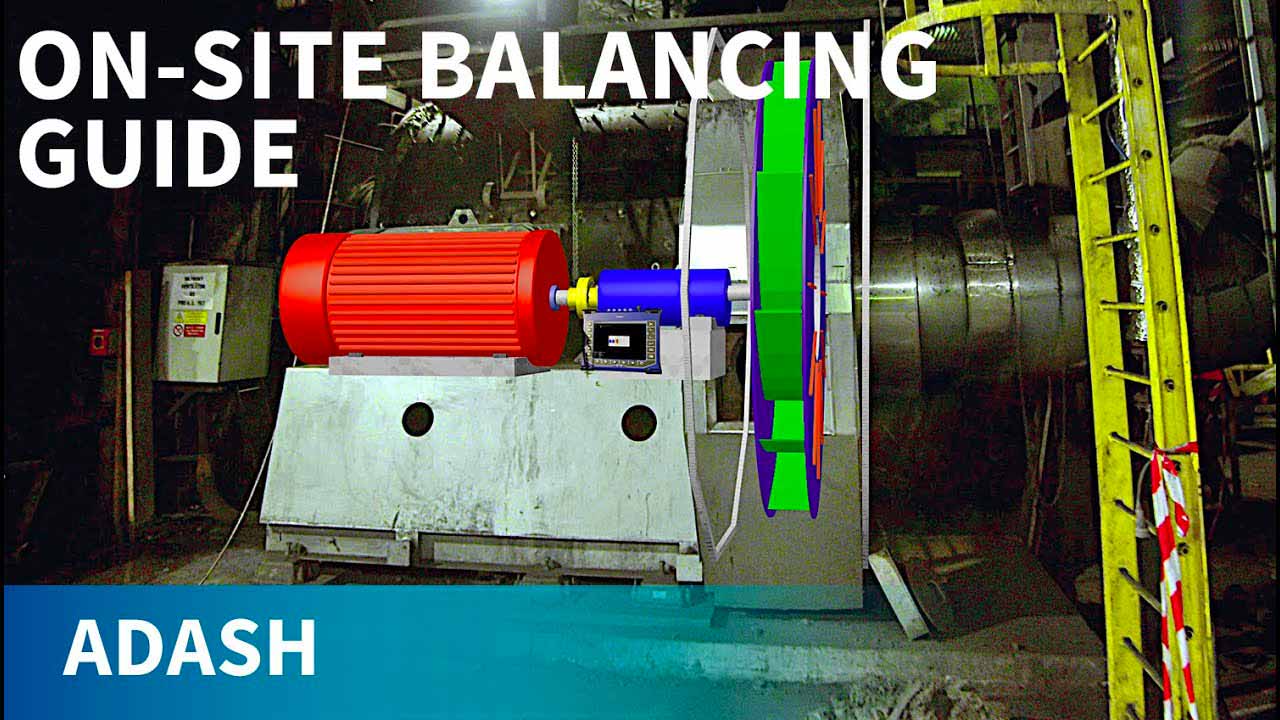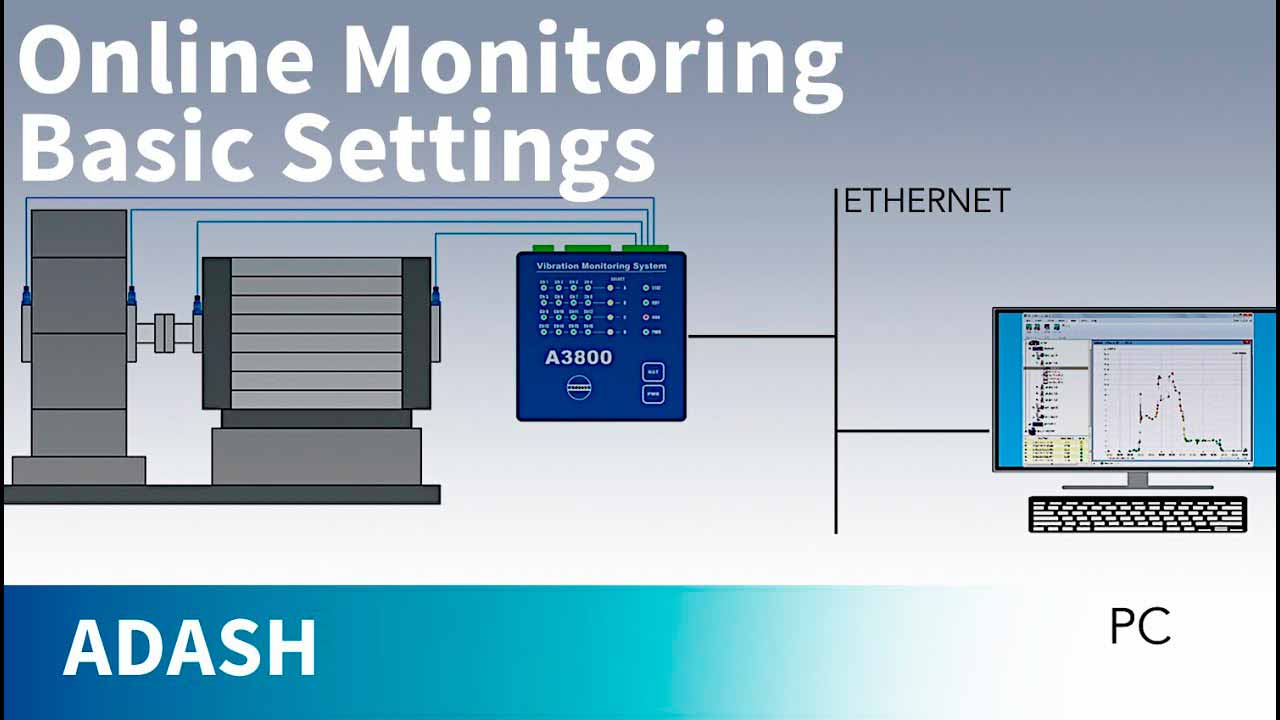Respuesta de frecuencia en la práctica
29.07.2022
Función de respuesta de frecuencia (FRF): aplicaciones prácticas.
En la mayoría de los casos, queremos conocer las frecuencias de resonancia. Por ejemplo, del bastidor de la máquina. Necesitamos saberlo porque la velocidad de la máquina no debe ser igual a la frecuencia de resonancia.
El martillo con sensor de fuerza se utiliza generalmente para la excitación. El sensor de aceleración se utiliza para la medición de la respuesta. La medición se activará con el golpe.
Queremos conocer las frecuencias de resonancia. Por ejemplo, necesitamos conocer las frecuencias de resonancia del bastidor de la máquina. Ninguna de ellas debe ser igual a la velocidad de la máquina, porque una fuerza pequeña excitaría una vibración alta. ¿Y la fuerza sobre la frecuencia de velocidad? Es el desequilibrio. Significa que un pequeño desequilibrio podría causar un alto nivel de vibraciones.
Acabamos de hablar de la FRF como una función de tipo real. Fue mejor para la comprensión. Pero la FRF es compleja. Significa que tiene amplitud y fase para cada línea de CA. El valor de amplitud que explicamos es la ganancia. Pero también la fase de la entrada se cambia a la fase de la salida. Y la diferencia entre ellas es el valor de cambio de fase en FRF. La fase cambia 180 grados a través de cada resonancia. Pero para el diagnóstico de vibraciones, la amplitud es mucho más importante.
Las mediciones de FRF se utilizan ampliamente en el análisis modal. Y aquí está la gran ventaja del VA5. El hardware de medición estándar para el análisis modal es grande y difícil de usar en el campo. Está diseñado para uso en laboratorio. Pero el VA5 es pequeño y fácil de transportar. Puede medir todas las FRF requeridas en todos los puntos y exportarlas en formato uff. Y luego, en el laboratorio, simplemente importe estos archivos a su software de análisis modal.
Y es todo lo básico que debe saber sobre la función de respuesta de frecuencia.





